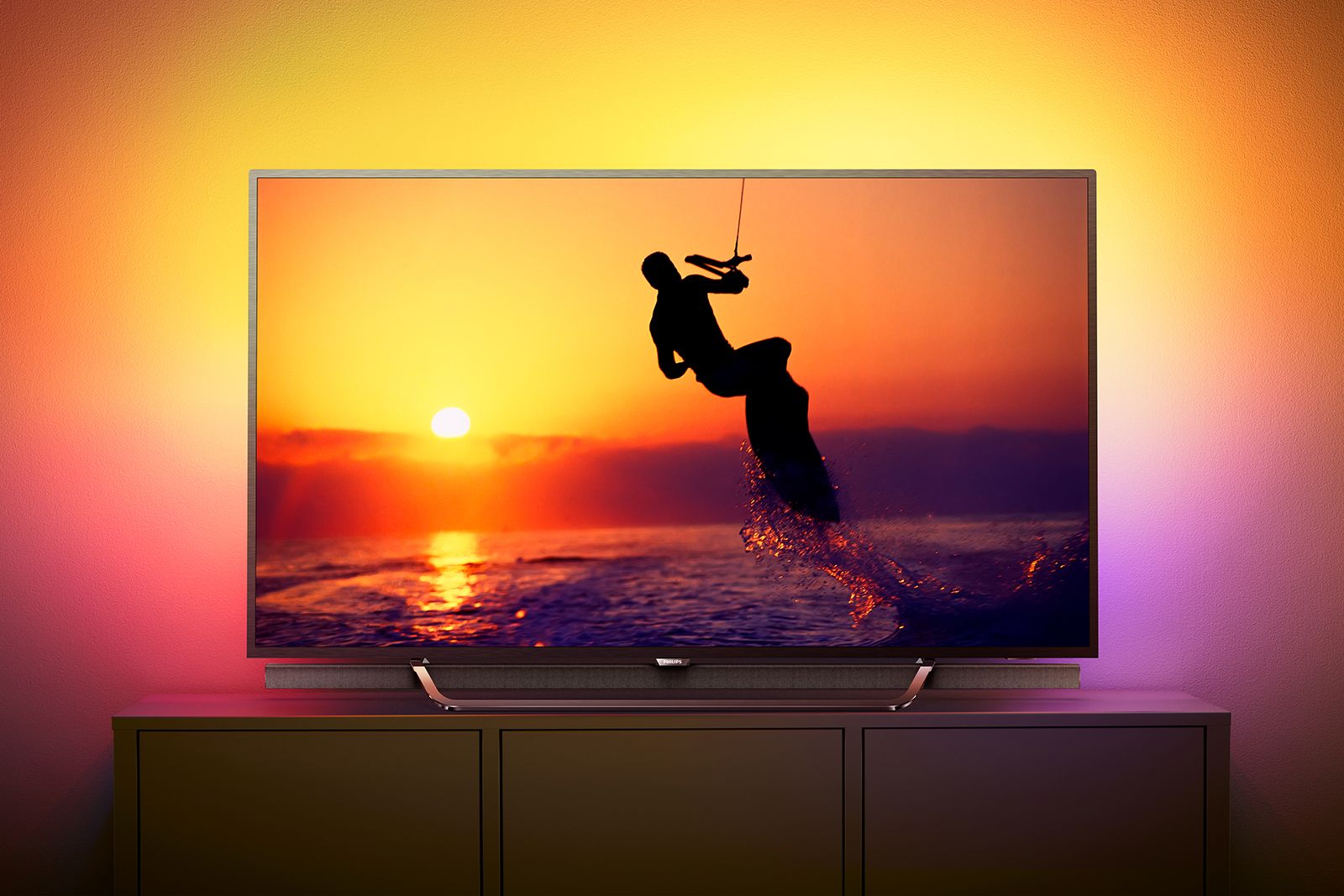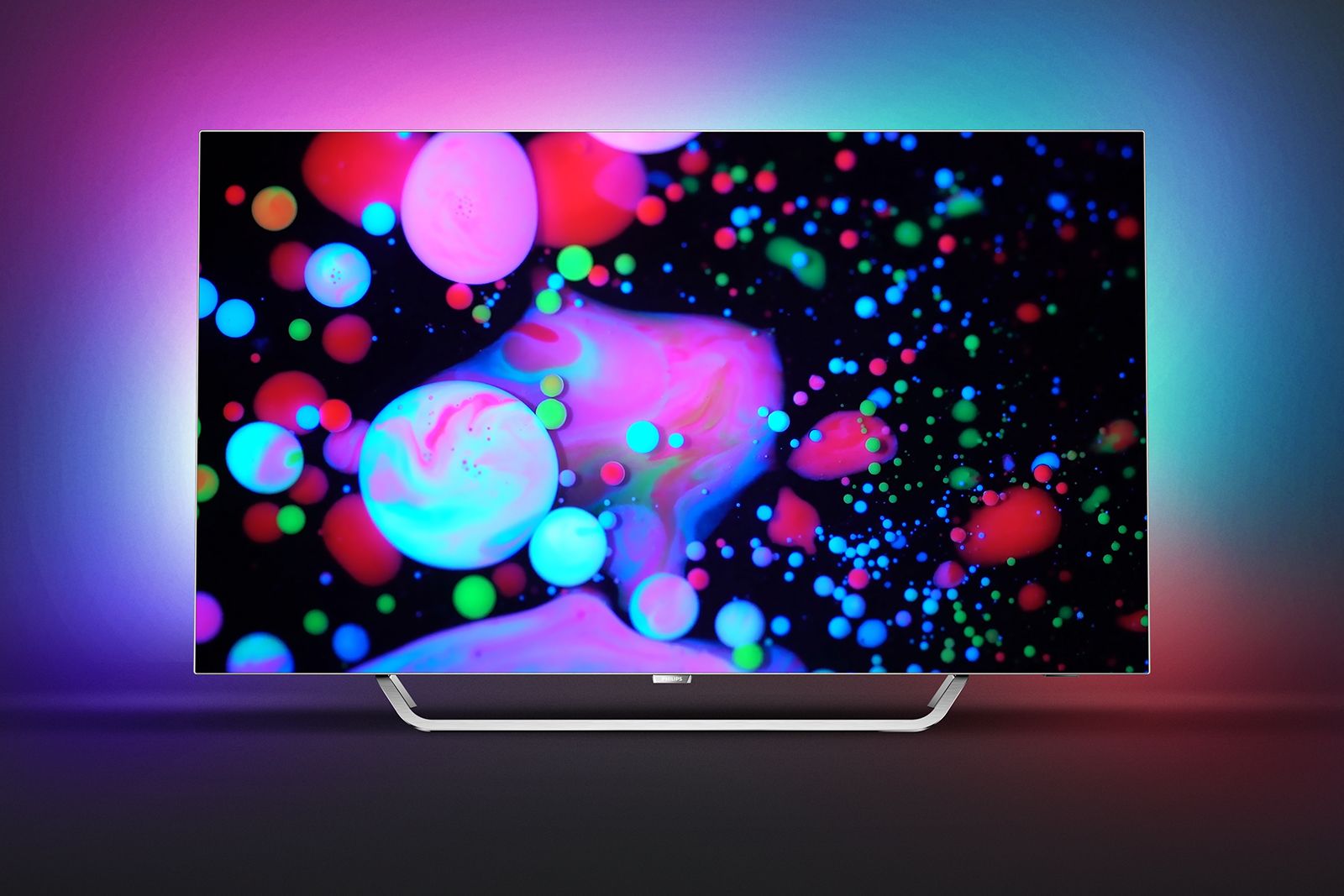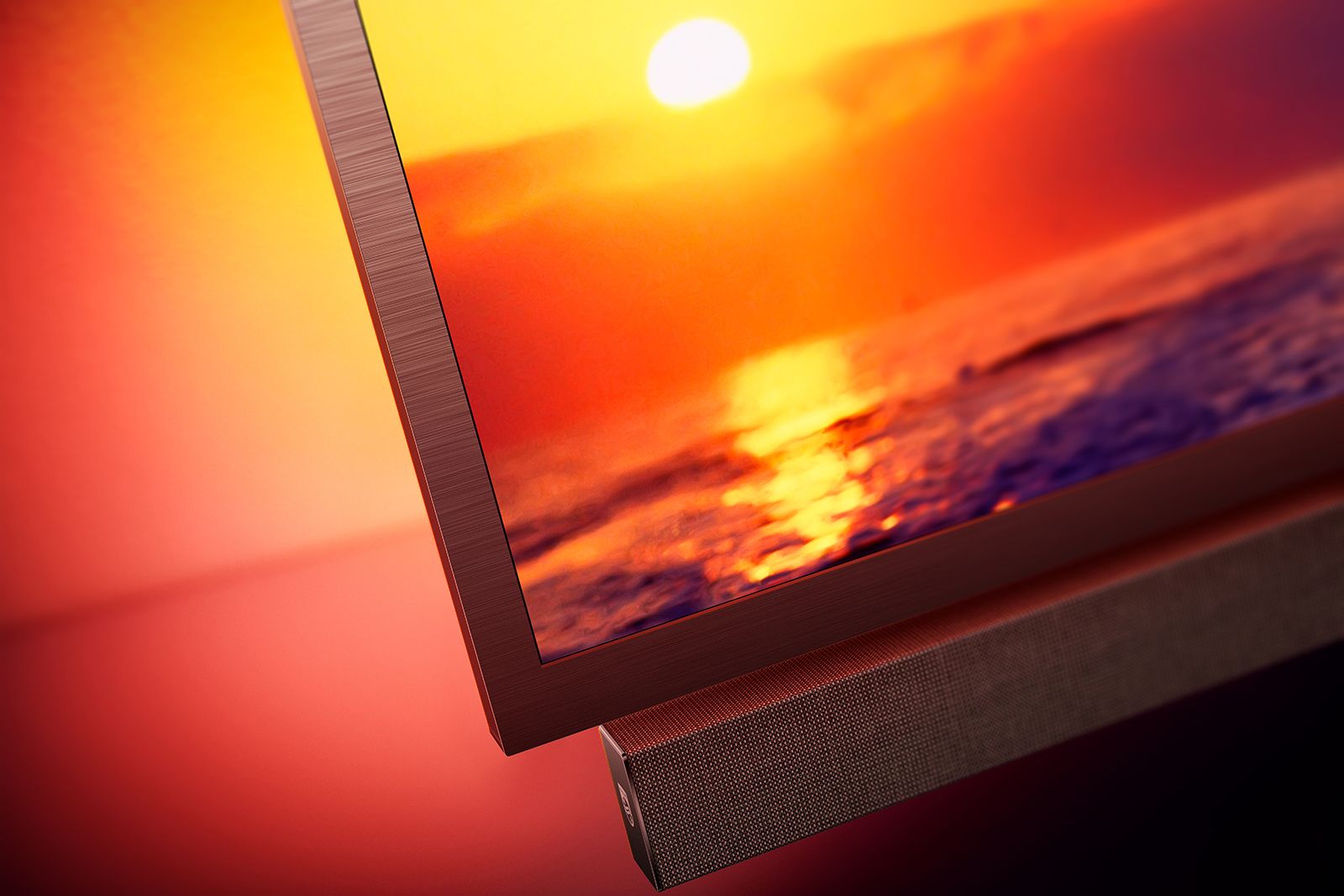Philips has a long and proud heritage of using powerful picture processing to improve the picture quality of its TVs. And the stellar work over the years has lead to the pinnacle of image tech in its new P5 Picture Engine.
The company has managed for the first time to bring tech that was on three chips down to just one, allowing processing to be both faster and more accurate. It therefore focuses more effectively than ever before on enhancing the five most fundamental elements of picture quality: contrast, colour, source optimisation, motion and sharpness.
Over the next few weeks we'll be looking at how the P5 Engine improves each of these picture quality 'pillars', starting here with probably the most important of all: contrast.
Why contrast is so important for a fantastic picture
Contrast is at the core of great picture performance, actually affecting much more than just how dynamically distant from each other the darkest and brightest parts of the picture look. It also plays a key role in colour reproduction, for instance, by giving colours a strong baseline black colour to 'bounce off', and providing enough light in the brightest picture areas to unlock a source's full colour potential.
Contrast contributes to sharpness too, helping to unlock details in dark areas and resolve subtle tones that might be lost in the brightest zones.
Happily, the Philips P5 engine is fully aware of the importance of contrast, applying a number of key processing stages to boost performance.
For starters, proprietary Micro Dimming and Histogram Meter technologies break down each frame of video into small sections for more accurate analysis of what light information it contains. P5 then applies a global contrast enhancement that figures out the best underlying light output to suit the image being shown.
Where the P5 Engine really earns its corn in contrast terms, though, is with its Local Contrast Enhancement. This goes a big step beyond most TV contrast enhancements by not only figuring out how to simultaneously make the bright parts of pictures look brighter and the dark parts of the picture look darker, but also finding a way of retaining detail in the darkest areas that tends to get crushed out with lesser TVs.
How contrast affects sharpness
As well as a providing an enhanced sense of contrast, the extra refinement in the Philips P5 TVs' light management helps to make pictures look sharper - which in turn gives them an enhanced sense of depth that almost looks three-dimensional at times.
If you're lucky enough to own a Philips OLED TV with a P5 processor, such as the Philips 55POS9002, you additionally benefit from the brilliantly named Sparkle and Darkle effect. This takes advantage of OLED's pixel-level light precision to achieve brightness peaks twice as intense as those you get with typical OLED TVs - without compromising the stunning black level response for which OLED technology is justly famed.
The result is the purest, crispest white colours in the OLED world, and beautifully lifelike pictures that look just as good in daylight or evening conditions.
Where does HDR come in?
At this point we need to talk about high dynamic range (HDR). This new TV picture technology is designed to deliver pictures from your television that contain a far more expansive brightness range than the old standard dynamic range system, resulting in deeper darks at one end of the spectrum and brighter brights at the other.
HDR truly transforms the viewing experience when done well - and you probably won't be too surprised at this point to hear that the contrast features of the P5 engine ensure that it's done very well indeed.
In fact, being able to boost the brightest elements of both LCD and OLED TVs without compromising the darkest parts as successfully as P5 does is pretty much the ultimate HDR-friendly processing tool. It enables Philips TVs to get closer to the full impact and potential of the HDR experience than rival sets, while simultaneously avoiding the frustrating dark and light imbalances that can affect other less capable HDR TVs.
It's important to stress too, that the P5's processing works equally well with the home entertainment world's two main HDR formats: the industry standard HDR10 system, and the Hybrid-Log Gamma (HLG) system developed for broadcasting.
SDR to HDR conversion is also important
Given that true HDR sources are still relatively rare, though, it's exciting to find that the P5's contrast processing doesn't just enhance HDR; it's also clever enough to convert standard dynamic range content into HDR remarkably well.
It's able to expand the relatively narrow brightness range of SDR pictures without making colours look unnatural or unbalanced, and without making dark scenes look washed out and grey in the way they tend to with other less powerful and intelligent 'HDR upgrade' systems.
The net result of all this P5-inspired contrast are pictures that consistently enjoy more punch and dynamism in any viewing conditions and with any content than you see with arguably any other picture processing engine. Which is very handy indeed when you consider the important role contrast also plays in enhancing the quality of the secondary TV picture attributes we're going to be exploring in the next few weeks.




